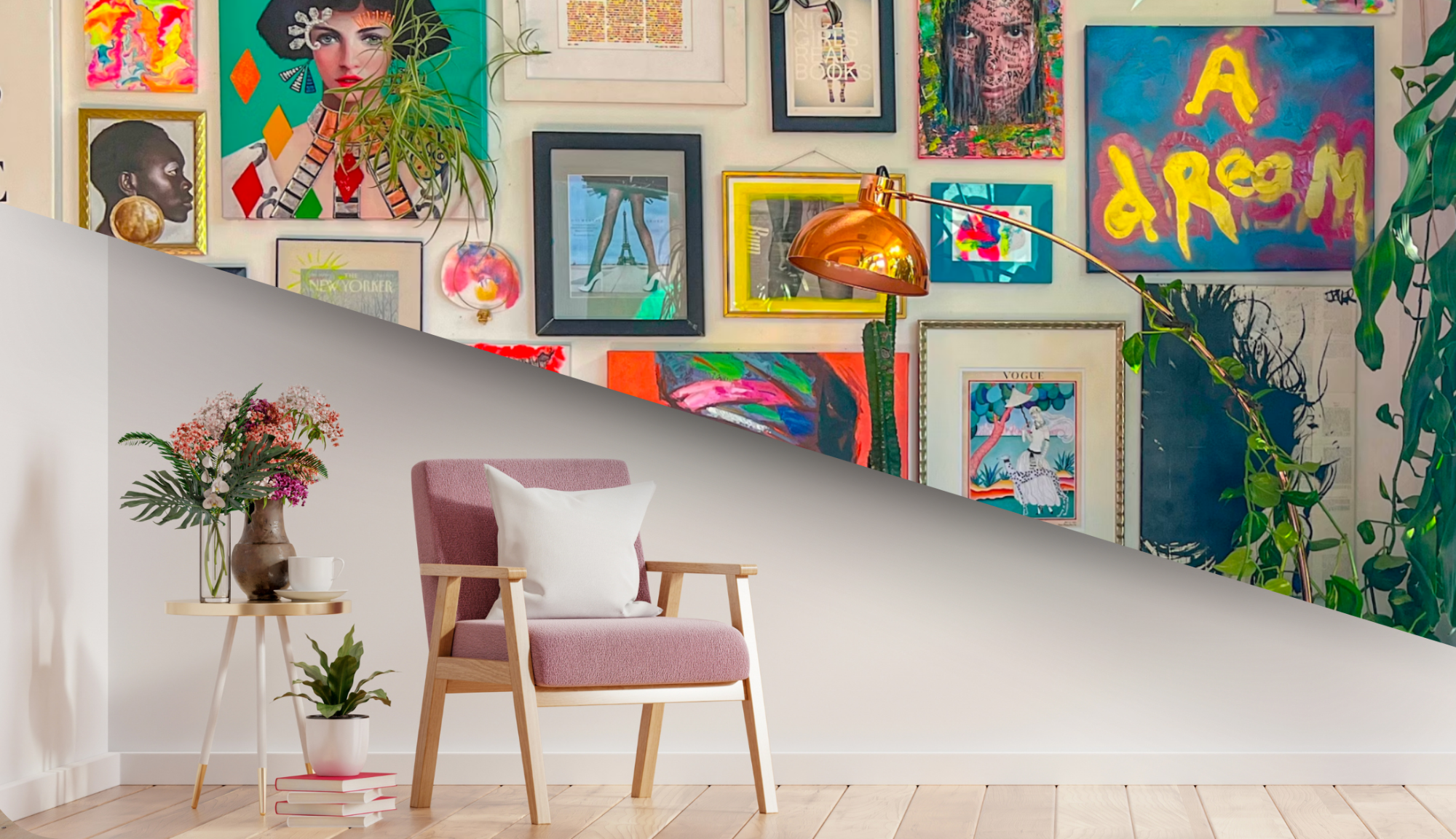Exploring Artistic Extremes
The art world encompasses an extensive spectrum of artistic styles, ranging from minimalism’s simplicity to maximalism’s luxury. In this exploration, we delve into the essence of these two contrasting art movements, examining their distinct characteristics, influential artists, and their impact on contemporary art trends.
Minimalism
Minimalism, as an art movement, primarily emerged in the United States during the late 1950s and 1960s, marking a significant shift in visual arts and music. This movement was known for its simple forms and straightforward, objective approach. It represents the culmination of modern art’s reductionist tendencies, with its origins harking back to Russian painter Kasimir Malevich’s 1913 composition featuring a black square on a white canvas. Minimalism, also called ABC art, stands out for its emphasis on the artwork’s physical properties and materiality, diverging from the abstract and often emotional expressions of the preceding Abstract Expressionism movement.
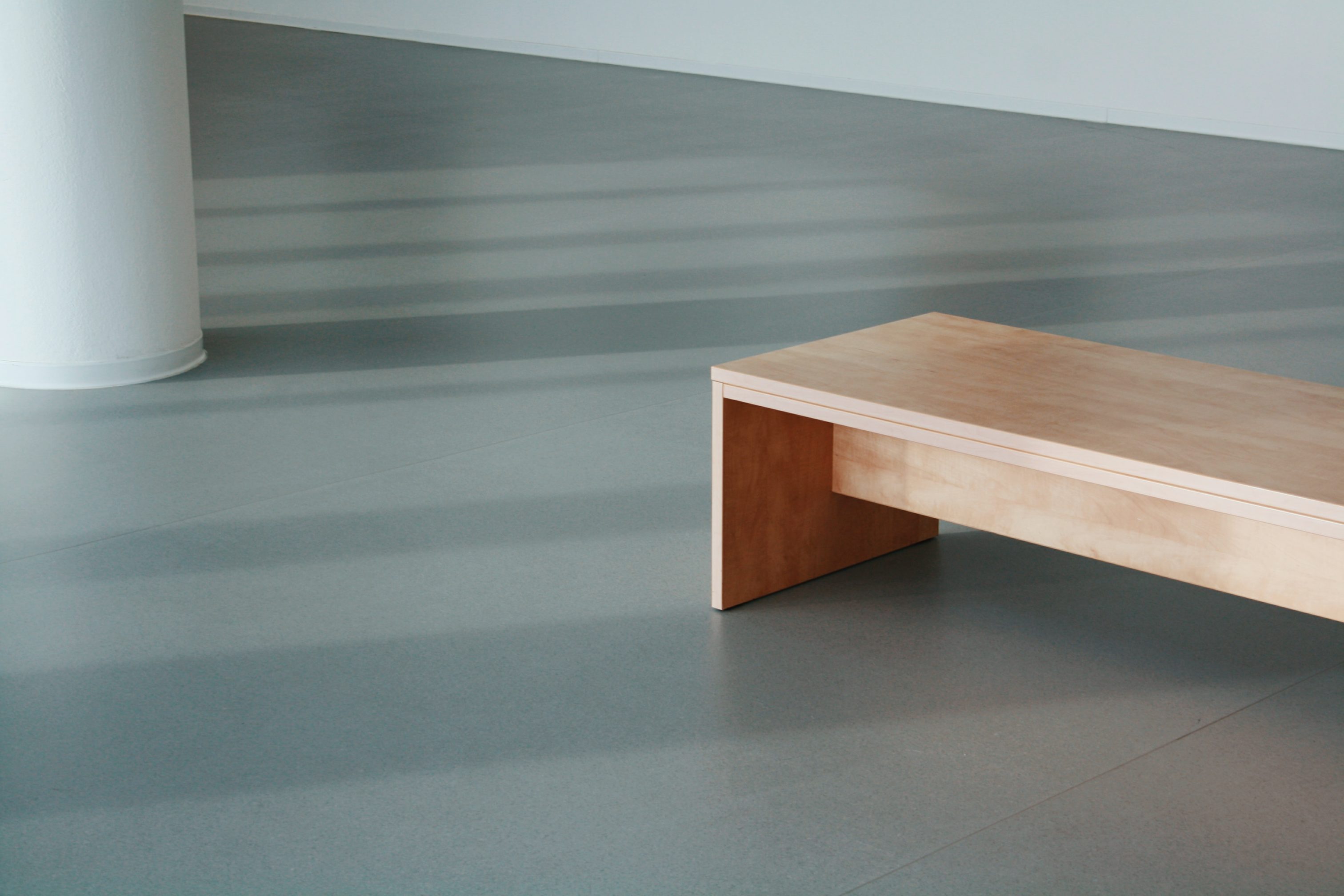

As seen in artists like Frank Stella’s works, minimalism distinctively challenges the traditional division between painting and sculpture. This approach directly disputes the notion of art mediums having no overlap, an idea previously held by modernists, particularly those associated with Abstract Expressionism. The movement’s influence extended to fields like architecture and design, which were vital in shaping later art movements.
Minimalist artists like Donald Judd, Carl Andre, Dan Flavin, Tony Smith, Anthony Caro, Sol LeWitt, and Richard Serra have been recognised for their geometric, self-referential, and austere artworks. These works weren’t just copies of objects or scenes from the real world. Simple forms and linear approaches were used to emphasise two-dimensionality and provoke an immediate, response from viewers.
One notable aspect of minimalism was using everyday industrial materials to create art. This marked a significant departure from traditional art materials and techniques, underscoring the movement’s commitment to objectivity and a heightened emphasis on the physical properties of the artistic medium. The art pieces often required a more complex and thoughtful interaction from the viewer, going beyond mere visual appreciation to a deeper engagement with the form and substance of the work.
Minimalist works were also known for their larger-than-life scale and sometimes conveyed a sense of risk to the viewer. This was evident in works like Richard Serra’s “One Ton Prop (House of Cards),” which, despite its simple appearance, presented an imposing presence due to its sheer size and the potential instability of its structure.

Minimalism represented a significant departure from previous artistic conventions, by focusing on simplicity, materiality, and a direct engagement with the viewer. The impact of this artistic movement was widespread, not just in the realm of visual arts but also in shaping design and architecture, as well as influencing the overall cultural context.
Maximalism

Maximalism, as an art movement, stood in sharp contrast to minimalism, embracing a philosophy of “More is more.” Maximalism was characterised by its lavish, extravagant, and eclectic nature, offering a rich sensory experience through bold and vibrant colour palettes, intricate patterns, and a profusion of details. Maximalism aimed to captivate and immerse the viewer in its abundance and grandiosity. This movement, like minimalism, was a significant chapter in the art world’s history, contributing to the diversity of artistic expression.
The roots of Maximalism can be traced back to the early 20th century, emerging as a reaction to the restraint of minimalism and the simplicity of modernism. Key figures in this artistic movement were Jackson Pollock, celebrated for his dynamic action painting technique, and Yayoi Kusama, distinguished for her distinctive use of patterns and repetition in her artworks. Maximalism was part of the broader postmodern movement, which rejected rigid values and rules, celebrated imprecision, embraced diversity, and blurred the lines between reality and fantasy. It encouraged spontaneity and championed freedom of expression.
Maximalism emerged in the 17th and 18th centuries and became popular in the 1960s. The movement began and was popularised in America and parts of Europe. Artists in this movement used various mediums, such as oil on canvas, paints, inks, and prints on fabric, often employing multiple materials simultaneously.
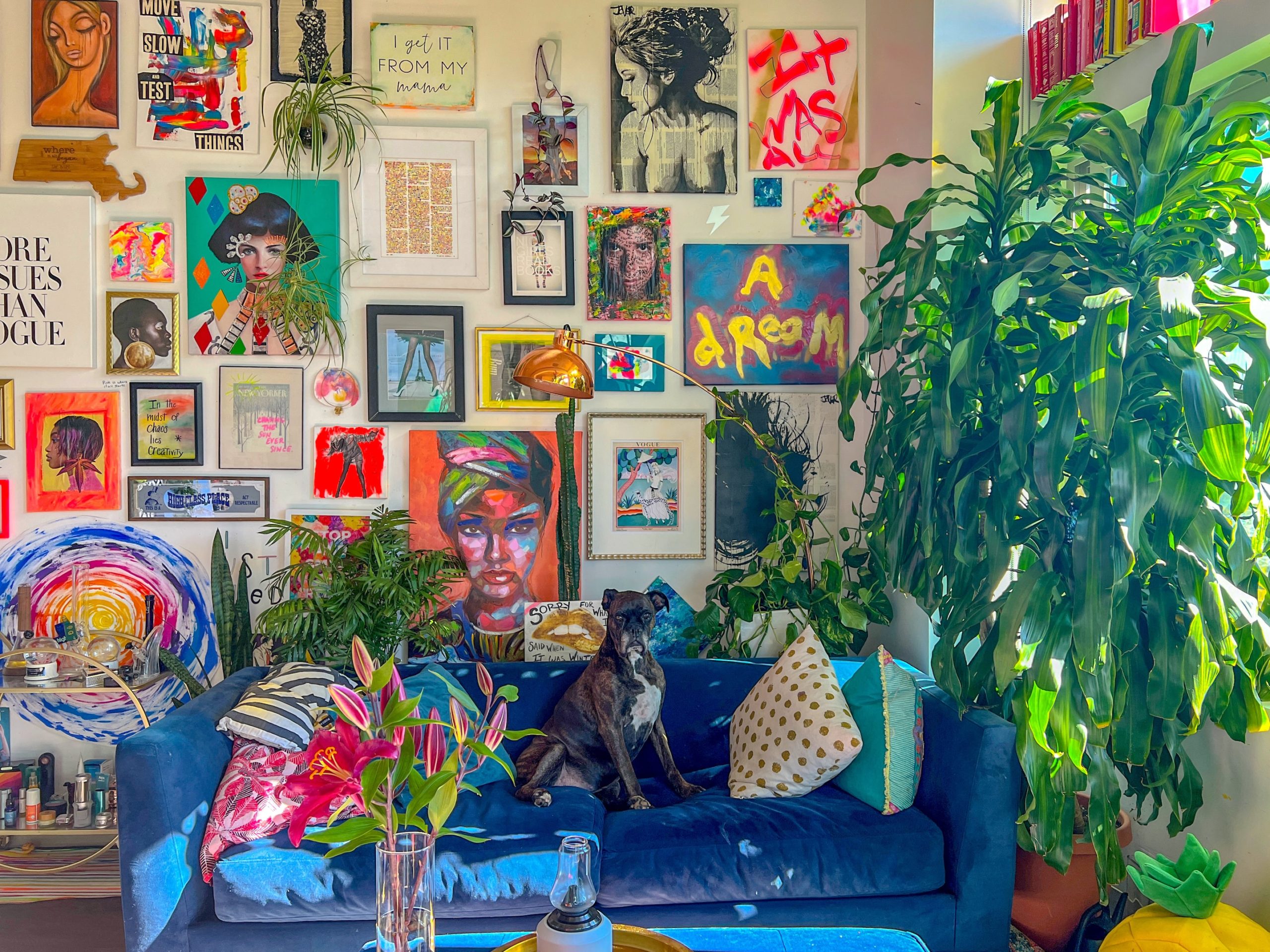

Famous Maximalism artists and their artworks include Gustav Klimt’s “The Tree of Life,” Yayoi Kusama’s “Infinity Mirrored Room” series, Jean-Michel Basquiat’s “Untitled,” Jackson Pollock’s “Autumn Rhythm,” Frank Stella’s “Jarama II,” Takashi Murakami’s “Superflat,” and Anselm Kiefer’s “The Orders of the Night.” These artists and their works are prime examples of Maximalism, demonstrating a keen exploration of the depths of human imagination and the extensive possibilities in creativity.
Maximalism in art is not just about excess; it’s a celebration of artistic abundance and an invitation to embrace complexity. Maximalism has significantly influenced art and design with its bold colours, detailed designs, and large scale.
Comparing Minimalism and Maximalism
Minimalism and Maximalism in art and design represent contrasting approaches that enrich the creative landscape with their distinct philosophies and aesthetics.
As a movement, minimalism distils art to its essential qualities, prioritising restraint and subtlety. This approach emphasises using a minimal number of elements and colours to convey a message, creating an aura of simplicity and clarity. Minimalism often relies on a limited colour palette, favouring neutrals and muted tones to create harmony and serenity. This style is visible in various platforms, such as visual arts, motion arts, fashion, literature, and architecture. Minimalism is particularly effective in areas where clarity is essential, such as digital user interfaces, editorial design, branding, and architectural styles.
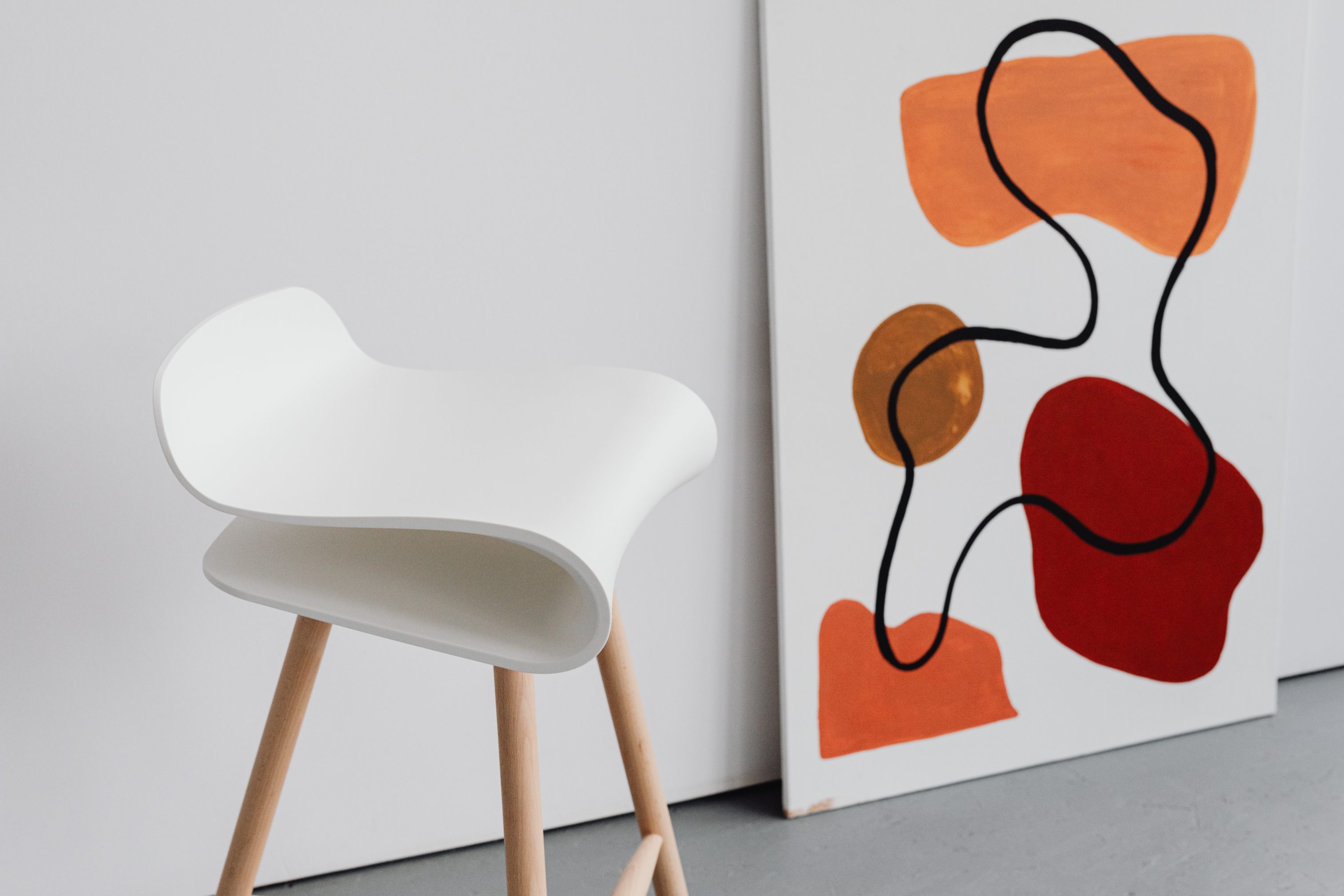
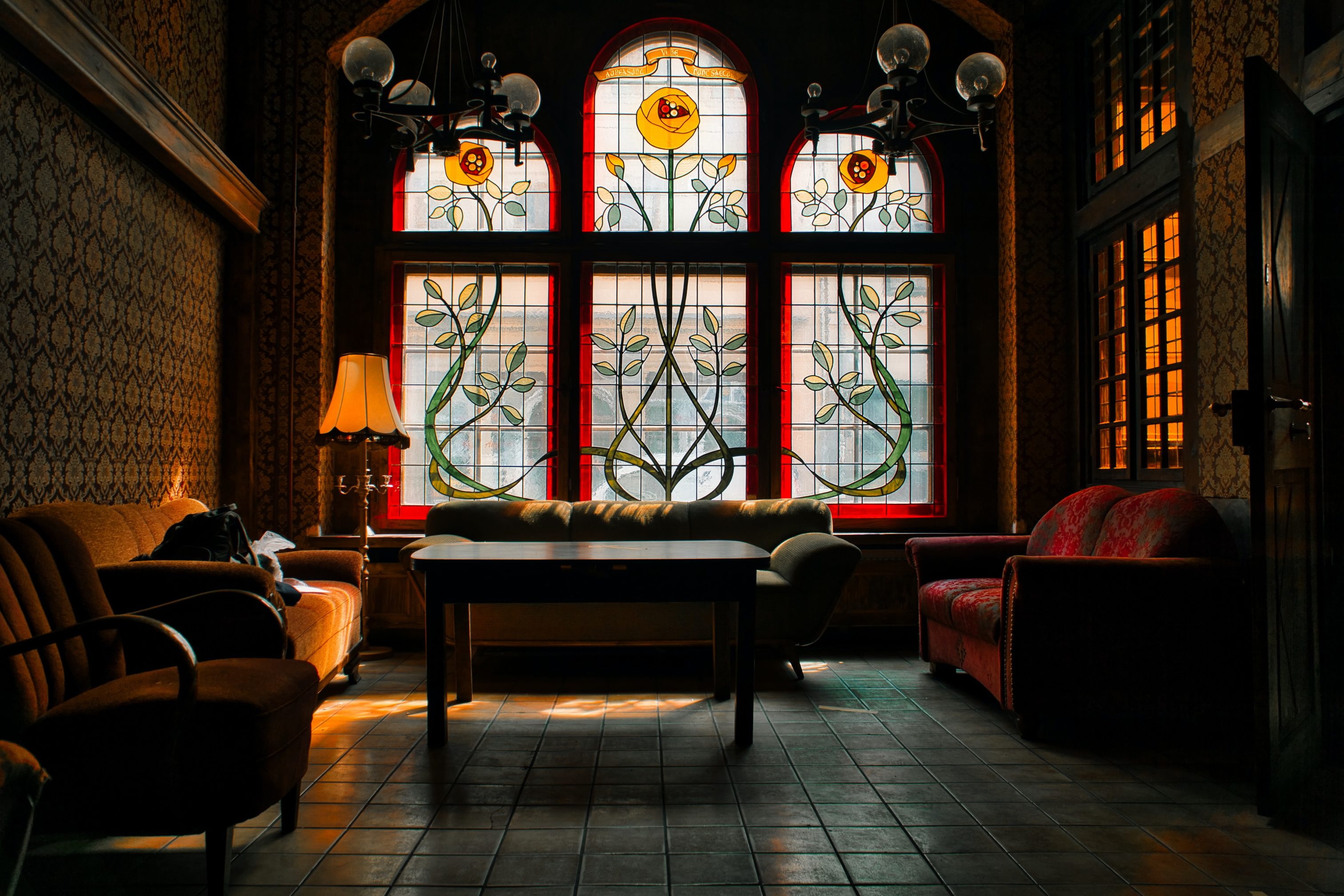
Conversely, Maximalism is characterised by embracing abundance and intricacy, adopting an approach that revels in excess and ornateness. This style uses as many elements, colours, and patterns as possible, creating a sense of luxury and lavishness. Maximalist design is characterised by bold, vibrant hues, often using contrasting and clashing shades to make a visual impact. In maximalist design, typography, layout, and imagery are rich, detailed, and opulent, contributing to an overall sensory overload. Maximalism excels in areas where an aura of luxury and magnificence is desired, such as high-end brands, event branding, art exhibitions, and music album covers.
Minimalism and Maximalism: Exploring Artistic Extremes
While they appear to be opposites, minimalism and maximalism play substantial roles in various creative fields, offering diverse techniques for artists and designers to express their visions and engage their audiences. The decision to use either style hinges on factors such as the purpose of the project, audience preferences, the distinct identity of the brand or message, and considerations of budget, resources, and the desired impact – whether it’s to follow current trends or achieve a timeless appeal. Each approach, with its inherent strengths, caters to different needs and contexts. Selecting the right style is crucial, as it can significantly influence the effectiveness and reception of the creative work in design, art, fashion, or other domains.
Conclusion
The different approaches of minimalism and maximalism drive artistic expression to evolve and diversify. From the simplicity of minimalism to the extravagance of maximalism, these artistic extremes offer a spectrum of experiences for both artists and audiences. As contemporary art evolves, the interaction between minimalist and maximalist styles will likely lead to new and innovative artistic forms, pushing the boundaries of what can be achieved through different forms of art.
We at Cosimo art try not just to connect the artist to the buyers directly, but we also try to bring the Britist artists together. We are one of the largest art collection online.
